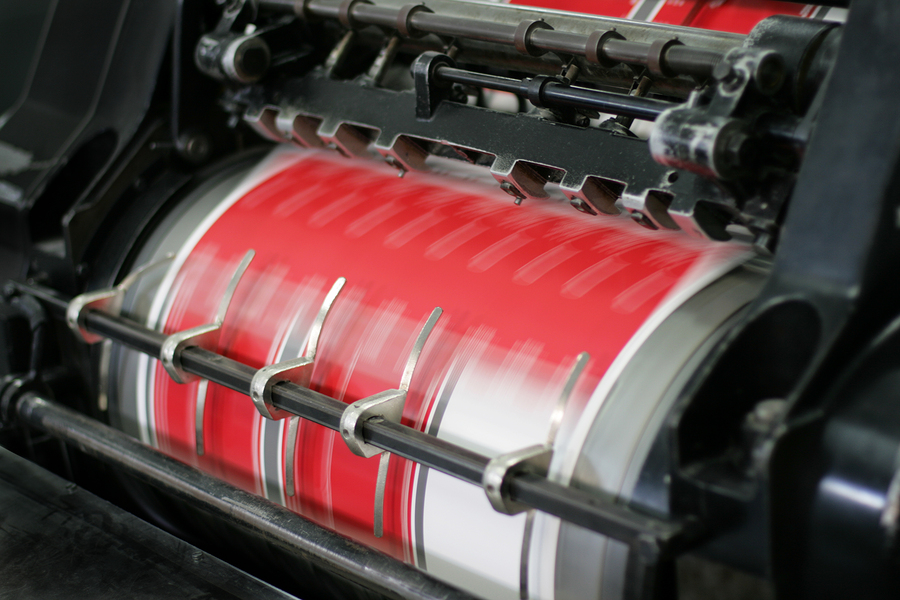What Helps litho printing Stand Out in the Field
A Comprehensive Overview to Understanding Litho Printing Techniques
The world of litho printing, a strategy stemming from the late 18th century, is a remarkable mix of history, art, technology and scientific research. This extensive overview will unwind the intricacies of this printing method, from the structure of litho inks to the obstacles faced in contemporary applications. As we venture into the ins and outs of lithography, the importance of automation and sustainability in guaranteeing its future relevance ends up being significantly clear. Stick with us as we trip into the fascinating world of litho printing.
The Historical Evolution of Litho Printing
The historic trajectory of litho printing, a crucial innovation in the realm of communication, is a fascinating story of human resourcefulness. Birthed in the late 18th century by Alois Senefelder, this technique was initially a cost-effective technique of releasing staged jobs. Lithography, acquired from the Greek words for 'rock' and 'to create', utilized a smooth stone surface to transfer images onto paper. The process developed with the introduction of the rotary press, which substantially raised productivity (litho printing). In the 20th century, the innovation of countered lithography revolutionized the sector, enabling automation of high-quality prints. Each stage of litho printing's evolution showcases humanity's unrelenting pursuit of efficiency and quality in aesthetic interaction.
Translating the Scientific Research Behind Litho Printing Inks
Moving forward in the expedition of litho printing methods, the focus currently moves to the science behind litho printing inks. The make-up of these inks, their drying out process, and shade mixing methods form the foundation of this complex art kind. Comprehending these elements is critical to grasping the craft and achieving the wanted print results.
Make-up of Litho Inks
In lithographic printing, the essential role of litho inks can not be overemphasized. The composition of litho inks differs depending upon its objective, however generally, they are composed of two major components - pigments and lorries. Pigments, the color-providing elements, are carefully ground particles put on hold in the car, a liquid that brings the pigment onto the printing surface area. The automobile is a complex mixture of materials, solvents, and oils, which influence the ink's drying time, bond, and gloss. Additionally, different ingredients exist to boost specific homes like circulation, drying, and resistance to environmental effects. Each component plays a vital part in the last print's top quality, making the precise formula of litho inks a complex science.
Ink Drying Process
From the composition of litho inks, focus transforms to the remarkable process of ink drying out. Two main methods are utilized in litho printing: oxidative drying and absorption. Absorption, on the other hand, involves the ink leaking into the paper fibers, which is a much faster process yet can lead to much less dynamic colors.
Shade Mixing Strategies
While the drying process plays a vital role in litho printing, the scientific research of color mixing techniques holds equivalent significance. This is a complicated procedure that involves the careful blending of primaries: cyan, magenta, and yellow, in differing proportions to achieve a broad selection of hues. The addition of black ink, called 'vital', assists in managing the strength and deepness of the colors. The scientific research behind litho printing inks likewise takes right into account the transparency of the ink, which influences exactly how colors overlay and mix. To attain a reliable color mix, print specialists have to also recognize the ins and outs of ink behavior, color concept, and the physical homes of the substratum on which the ink is applied.
The Art and Design Aspects in Litho Printing
Litho printing breathes life right into art and layout via its unique aspects. Litho printing accommodates a variety of shades, making it possible for musicians to produce dynamic and vibrant prints. This combination of precision and flexibility makes litho printing a favored choice for many musicians and designers.
Modern Applications of Litho Printing Techniques
Litho printing strategies have located substantial usage in the contemporary industrial sector. Its impact and importance proceed to grow with the introduction of brand-new technologies and technologies in the field. This section will navigate to this site certainly explore these modern applications and the transformative role they play in the printing market.
Commercial Litho Printing Uses
Litho printing stays a crucial part of the industrial industry. High-volume printing jobs, such as the production of books, newspapers, and packaging, rely on litho printing for its ability to provide premium image high quality and price effectiveness. Litho printing also offers a broad shade range, remarkable to that of digital printing.
Innovations in Litho Printing
Pressing the borders of typical strategies, modern-day advancements have actually sustained a host of technologies in litho printing. One famous advancement is digital litho printing, which combines the virtues of electronic innovation with litho's top quality result. These innovations highlight the long-lasting relevance of litho printing in the contemporary globe.
Exploring the Process of Litho Printing: Action by Action

Challenges and Solutions in Contemporary Litho Printing

In spite of the precision and custom that litho printing proudly maintains, it is not without its collection of contemporary obstacles. One of the most widespread problems include the high initial arrangement expense, problem in their explanation printing variable data, and environmental issues as a result of chemical use. However, solutions are arising as technology evolves. Digital litho printing enables for cost-effective short runs and simple personalization, dealing with the issue of variable data. Environmentally-friendly inks and more secure plate-making procedures alleviate environmental issues. Additionally, advancements in automation have lowered labor costs, even more democratizing the lithography procedure. Thus, while there are difficulties, the litho printing sector is proactively adapting to meet them head-on, guaranteeing its relevance in the future.
Conclusion
In final thought, litho printing, with its abundant history and clinical intricacies, holds a substantial area in the print sector. The future of litho printing pivots on its capacity to adjust to these changing needs, verifying its long-lasting worth in an advancing market.
